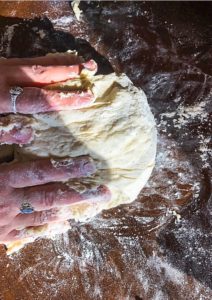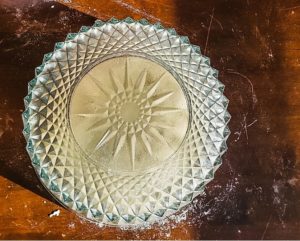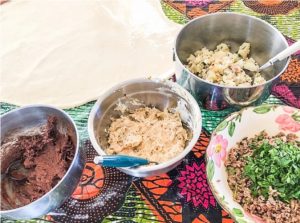Burek: The King of Street Food
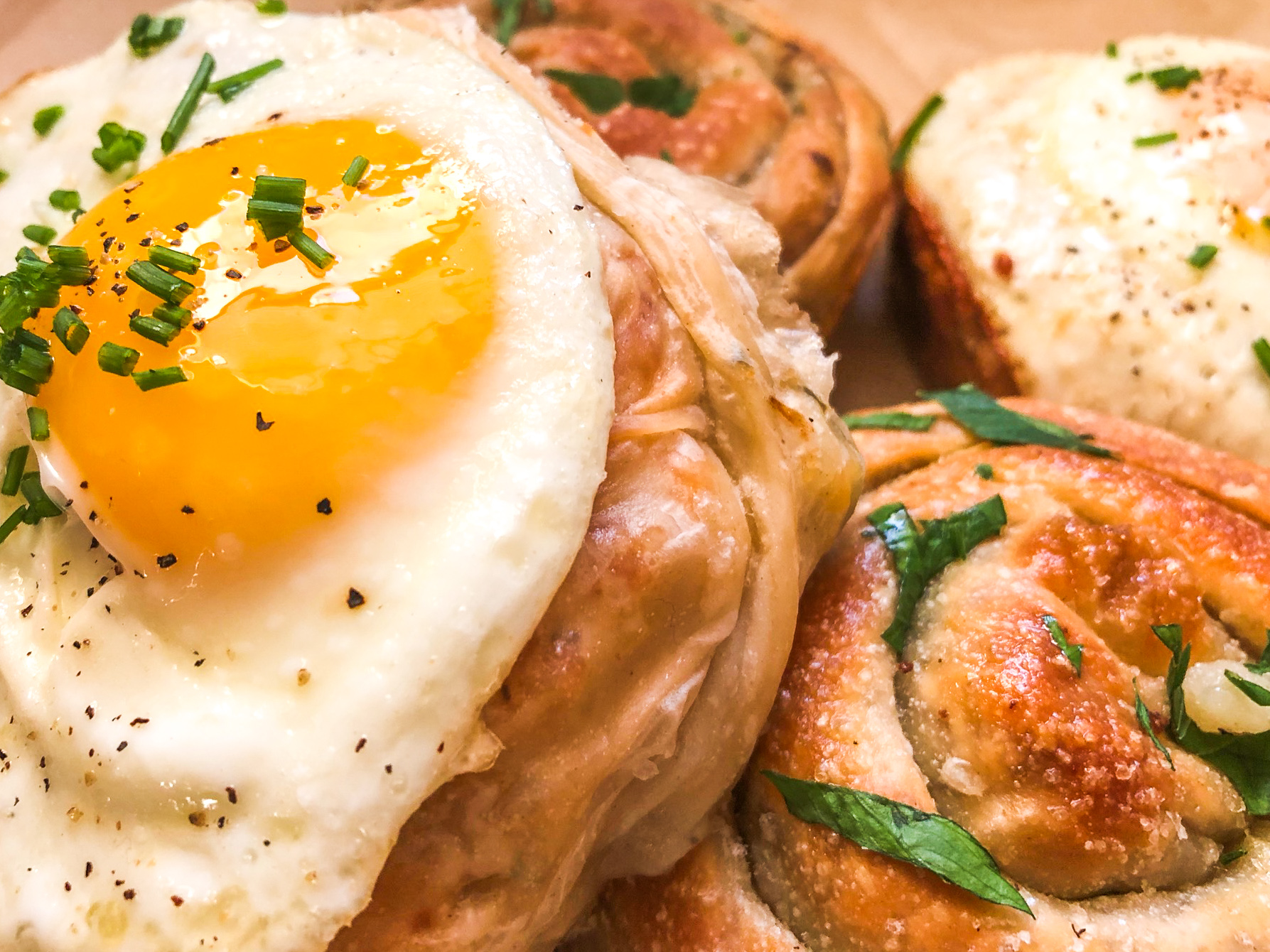
A History (or lack of)
I have a confession to make.
My mother never made a Burek in her life. I never ate Burek growing up, even though our family prepped, cooked, baked, and consumed all manner of Croatian feasts. In 1982, after our summer in Split with my father’s family, we smuggled a full size prosciutto back to New York in an oversized light blue leather suitcase. My parents had my teenage brother and me orchestrate a fight to distract the customs agents in New York. It worked.
Loss
It was only when I lost my father at the start of spring in 2007 that I decided to hold a springtime dinner party for my friends in Red Hook, Brooklyn at the time. I wanted to prepare some of my mother’s classics like Stuffed Peppers and the Sarajevan Cevapci that was etched into my memory from a trip to Sarajevo in early adulthood. It meant remembering, and honoring everything my father was to me.
A Quarrel of Feasts
I knew of Burek. I knew it was a savory pie encased in a thin, flaky phyllo like dough; usually rolled up within its walls were very primal varieties: meat (ground beef), spinach, potato, and cheese. Burek was originally called Borek, and, like a lot of Croatian/former Yugoslav dishes, came from the overarching Turkish Ottoman Empire.
I studied further. The contentiousness just gets started there. Even from the seemingly prime mover of Ottomans, many claim the Burek/Borek filtered in from the pre-Byzantine Roman Empire, or through the Anatolian end of the Turks from Asian shores.
Today, Israelis have Bourekas, the Moroccans have Borek…the famous “pie” has found its way from its murky origins to much of the near Middle East, Mediterranean, and Balkan culinary worlds, mostly as peasant or street food.
As a Croatian American with family in Split, I knew the Serbian style was more like the Turkish style, where the Burek was made as one large dome (although there is a version called Sigara Borek in Turkey and beyond which are, of course, cigar shaped).
I knew that I preferred the Bosnian style–most of the Croatian Bureks I’ve seen mimic this style–wherein the Burek is lovingly twisted around itself like a flaky ouroboros of delicious hidden treasures.
Dining Table
I had tried my hand at making some Burek for the first anniversary Spring Equinox party celebrating my father’s life at my apartment in Brooklyn. Of course, I did not make my own dough. They lost me at “stretching it over the entire dining room table” (at the time, I had a very small table.)
Well, times have changed and so have I. I live with my Turkish-French American boyfriend and partner in crime in a big house (masquerading as an apartment) near the shore in Bay Ridge, Brooklyn. It has been over 12 years since I lost my father. The sadness and loss subsides; the memory and presence deepens every year.
And I have a really big dining table for stretching out Burek dough.

This Croatian-American blog, A Quarrel of Feasts, was inspired by the Burek. To this day, many Bosnians still consider any filling, other than the traditional ground meat, to be a pita and not a Burek. The Serbs think their style is more traditional, and the Croats on the other side have even created Nutella and Apple Bureks.
Dalmatinka
I have a Croatian inspired online bakery in the works, called Dalmatinka (definition: A Dalmatian girl, Dalmatia being “a region in Croatia, on the eastern coast of the Adriatic Sea” — thanks, Wikipedia), and A Quarrel of Feasts will serve as the operating table to my Burek experiments, for I am not keeping to tradition, but for the phyllo dough and its process, of which there are multiple recipes and theories.
We have been slaving away over these last few months (my Turk and me) here on my giant dining room table in Bay Ridge, working out the process of making and stretching and assembling Burek dough. Many snags and sudden successes have taken place.

Dalmatinka will open with a line of beautifully flavoured variations on sweet Burek. Some possible Bureks include Orange-Ginger-Nutella, Turkish Cannoli, Cherry Mascarpone, and Almond Orange. The textures, the flavour combinations, the way the dough can hold and not hold certain ingredients, have all proved great challenges to us. In addition, we’ve expanded on some savory flavours, like Feta/Goat Cheese with Peppers and Herbs, and Croatian Breakfast (which, of course, includes Prosciutto and Potato).

We are only just getting started with the resurrection of the great and ancient king of street food that is Burek, and there will be many more experiments, posts, photography essays, and, eventually, products to come. Stay tuned.
I love foods like Burek, which are born from contentious histories, where each subset of peoples claim that theirs is best, and fight about what is and is not the thing in question.
King Burek
Particularly, having heritage in the former Yugoslavia and Balkan region (along with Mediterranean/Dalmatian roots), I can argue until only laughter remains. Our differences have resulted in horrific acts and unforgettable losses. However, just as food, and the making of the food of my Croatian roots, helped me heal from the loss of my father, food can bring us together, even if all we can do is argue about who did it best.
When it comes to hilarious Balkan food fights, my favourite comedic geniuses known as Key & Peele got it right:) Have fun with Burek. It can be anything you want it to be.
Our Dalmatinka Bureks are still very much a work in progress, but I have settled on a basic recipe for the basis of the Burek:
Burek Phyllo Dough

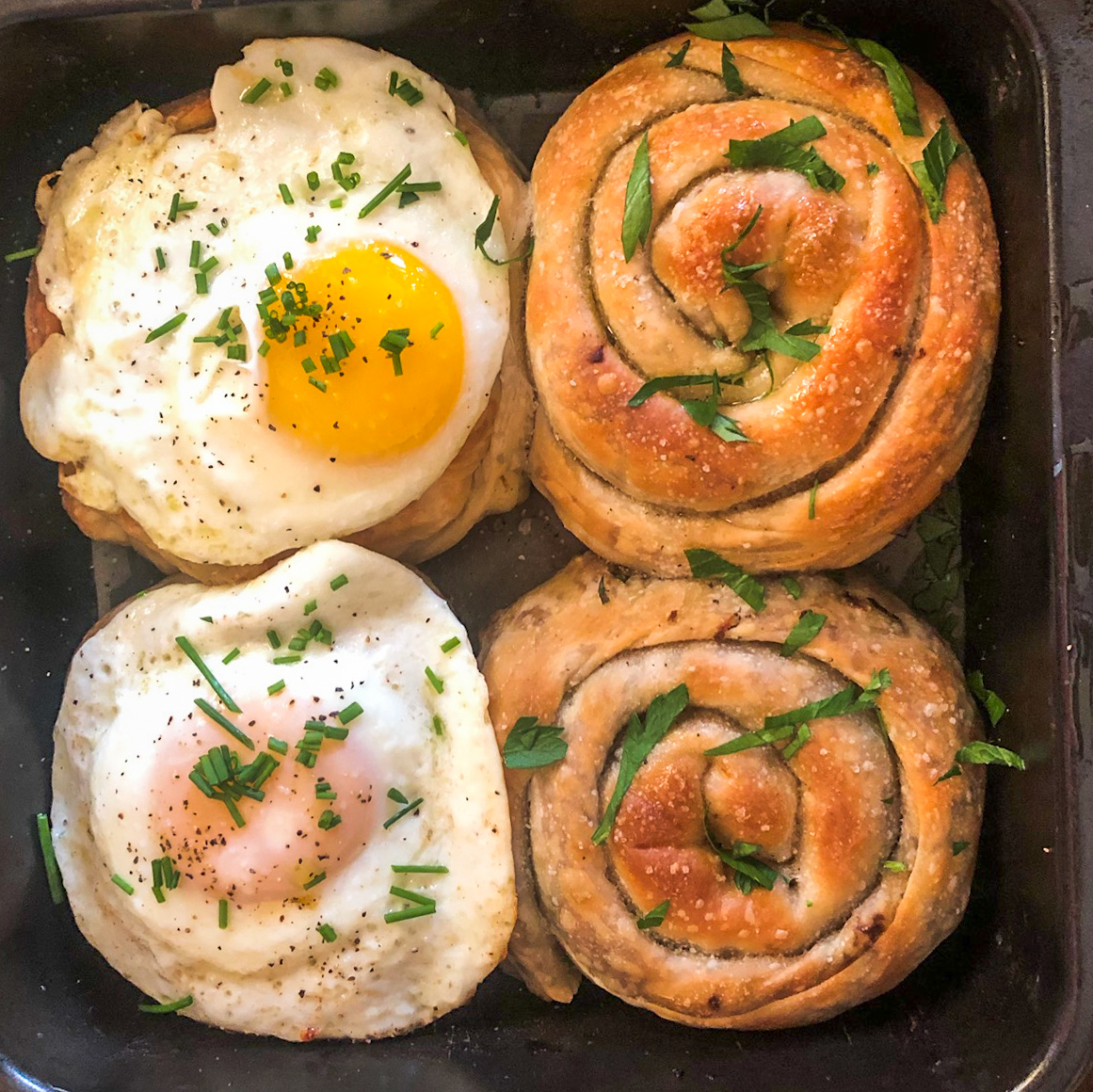
Burek: The King of Street Food
Method
- Combine the salt and flour in a large mixing bowl. Add the canola oil and mix with hand or a spoon. Start to add the warm water in and mix, adding more until the dough is not dry and fully incorporated. It may feel a little too wet, so you can add a little flour as you work, but don't over flour the dough as you knead. It will smooth out on its own.

-
- Knead the ball of dough using the heels of your hand on a floured surface for at least 5-7 minutes. Start throwing the dough down (hard) for an additional 2-3 minutes. Once the dough is smooth and soft, cover with a towel or a container for 30-45 minutes.

-
- Spread a fabric tablecloth over a large table. I made the mistake of using a narrow piece of fabric, which did not cover both sides of the table. It is best to have a tablecloth that hangs off the sides, so you can more easily move the paper thin dough by the cloth beneath it.

-
- Flour the surface and roll out the dough with a rolling pin until the size and thickness of a large pizza pie. Take canola oil and oil the entire top surface of the dough.Leave for 15 minutes.
- Start to place your hands under the oiled dough and stretch the dough out, beginning from the center and making sure all sides to the edges are nearly equally thin, so thin you can see through it.
- Twist the length around itself and tuck in the end underneath. Keep going with other coiled lengths, making as many Bureks as your dough will allow.*As far as fillings go, the sky is the limit to us. Our Turkish canoli flavor has Turkish apricots, nuts and sweet cheese. I created a Rosemary-Red Wine Steak version of Burek based on a Dalmatian recipe.

-
- Some work, some don't. We are on a Burek journey, and cannot wait to provide our Bureks, part traditional, part modern, part illegal, part elevated flavors, to you.More details to follow, but for now, enjoy this photographic Burek journey of a Croatian American Dalmatinka in Brooklyn, and her Turkish-French/Armenian beau.Long live the Burek.

-

